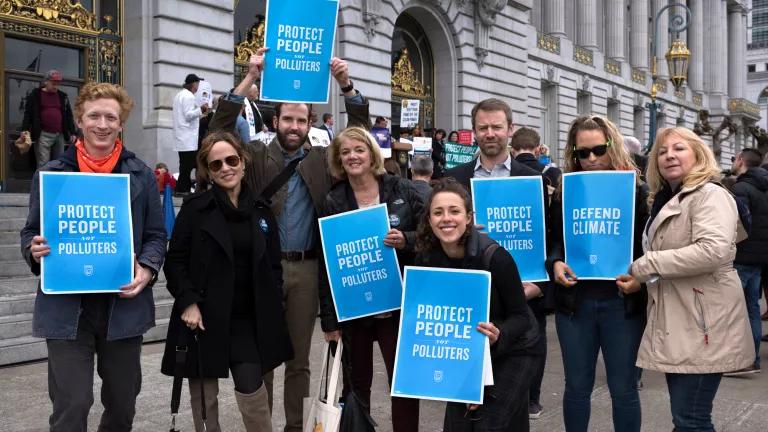
Shun Kambe
At the Paris climate conference in 2015, countries adopted an international agreement to address climate change that requires deeper emissions reduction commitments from all countries—developed and developing. The agreement aims to limit global temperature rise to 2 degrees Celsius while making best efforts to keep it to 1.5 degrees Celsius. Prior to the conference, countries responsible for 97 percent of global emissions submitted their climate commitments prior to the conference. These commitments have been enshrined in over 160 countries with domestic ratification, acceptance, or approval. The agreement, which entered into force on November 4, 2016, contains provisions to hold countries accountable to their commitments and mobilize greater investments to assist developing countries in building low-carbon, climate-resilient economies.
While the Paris Agreement does not “solve” climate change, it is a critical inflection point. It brings us much closer to a safer climate trajectory and creates an ambitious path forward for decades to come. Countries have put forth an agreement that helps strengthen national action by ensuring that the current commitments are the floor—not the ceiling—of ambition. The agreement will also help spur greater action by cities, states, provinces, companies, and financial institutions. The Paris Agreement has created a virtuous cycle of increased ambition over time.
In the issue briefs published on this page, NRDC analyzes key countries’ commitments under the Paris Agreement (along with supporting actions by cities, states, and others), and outlines the progress made by these countries toward those commitments.
Related Content





